|
When Janelle “Penny” Commissiong became Miss Universe in 1977, the world sat up and took notice.
Commissiong, from the tiny island of Trinidad, was the first ever black Miss Universe — a hopeful sign and something to be celebrated far beyond pageant circles. Toronto resident (and former Much/City entertainment reporter) Nadine Ramkisson — a fellow Trinidadian — put us in touch with Commissiong to hear her thoughts on the current racial divide in America. Reached by phone on Friday, Commissiong said she’s surprised by what’s happening in the United States. “The George Floyd incident was a perfect storm — for the world to see and understand that these changes have to be made,” she said. “Without George Floyd we wouldn’t have seen all the rest that’s happened over the past few months, or understood what’s at the root of parts of America. “It’s an issue that’s touched the whole world, with protests everywhere, wherever there are people of colour.” The elegant Commissiong did not experience overt racism herself until she entered the beauty pageant circuit. That all began as a way to publicize the fashion business she was going to open in Trinidad, where she’d just returned after living in the U.S. and studying at Manhattan’s Fashion Institute of Technology. “I had just moved back to Trinidad, so I did it for promotion. I hadn’t been there for some years and wanted people to know who I was. I went into a local pageant without any expectations.” And she won. From there her journey to the Miss Universe contest, held that year in the Dominican Republic, was underway. “Only when we got there did I realize that I was really in a competition,” she said, laughing. “I’d never even been on a stage before. Seeing the competitive spirit around beauty was very interesting.” International media attended, and every day the newspapers had a front page featuring one contestant or another. “Except we never saw a black contestant on the cover,” remembers Commissiong. “We weren’t seeing ourselves in the papers at all. We figured we were there just to make up the numbers. “I had never before in my life felt second place or second class, so that was all new to me.” The whole notion of a beauty “industry” was new to her, too. There were plenty of hurdles in her year as Miss Universe. “A person of colour was not a typical beauty,” she said. The main chaperone for the pageant winners was very unhappy that a black woman had won over a white Miss USA. “One day she said to me, ‘Janelle, don’t think you’re the most beautiful girl in the world.’ I was quick on my feet, and responded, ‘The organization you work for told me I was!’” Ironically, Commissiong’s reign ended when she passed the crown to Miss South Africa — at the height of apartheid. She eventually did open her clothing business, but after her husband died, Commissiong took over his boat-building business. That was a huge hurdle, as the business was 100% male — all the craftsmen and all the customers — and nobody thought a “beauty queen” could handle it. She did, though. “It was a hostile industry, but over the years I think I earned their respect.” Being the beauty queen has been a bit of a double-edged sword, says Commissiong, but she has always been proud of representing Trinidad. She is an icon in her country. Her pageant win put Trinidad and Tobago on the map, and she’s been honoured by having her image on the nation’s postage stamps. Recently, a main street in Port of Spain was renamed for her; Trinidad and Tobago won independence from Britain in the 1960s, so naming a street after someone local, says the modest Commissiong, “may help young people coming up have a sense of our history.” She never had political aspirations? “Not at all!” She laughs again. “Thank God I was too smart for that.” Source: Toronto Sun, July 2020 The history of Jews in Trinidad is a fascinating one.
Many Jewish refugees fleeing Nazi Europe found a home here and were determined to build a strong Jewish community in Trinidad. Here’s some of the people who were looking to do just that. For more information about the Jewish Association of T&T, visit their Facebook page here or copy and paste this URL into your browser: https://www.facebook.com/jewishtnt/ Hubert Fauntleroy Julian, nicknamed the Black Eagle, the first African person to obtain a pilots licence in the United States was born in Trinidad on January 5th, 1897. In 1922, when he was 25 years old, he flew over parades in support of Marcus Garvey. He subsequently purchased a plane with the expressed purpose of flying to Africa. When he attempted to depart from Roosevelt airfield in July 1924, the plane crashed and burned. He survived and spent the next month in a Long Island hospital before trying again. In 1929, he succeeded in a Trans-Atlantic flight only two years later than Charles Lindberg. In 1930 after flying to Ethiopia, Emperor Haile Selassie granted him Ethiopian citizenship and made him a Colonel in the Army. One year later, in 1931, he became the first black man to fly coast to coast over the American continent and broke the world record for endurance flying with a non-stop non-refueling flight of 84 hours and 33 minutes. In 1935, the Black Eagle commanded the small Ethiopian Air Force against the Italian invasion of that country by Benito Mussolini’s fascist forces. Four years later he wrote and produced the classic play, Lying Lips, which starred Robert Earl Jones, father of James Earl Jones. In 1965, in collaboration with John Bulloch, he wrote his autobiography, Black Eagle. Hubert Fauntleroy Julian, the "Black Eagle," died in New York on 19th February 1983. His achievements go totally unrecognized in his native Trinidad and Tobago Source: Virtual Museum of Trinidad & Tobago Sixy years ago on the morning of April 22, 1960 thousands of people streamed into Woodford Square in the heart of Port of Spain to hear a speech by Eric Williams, Chief minister of Trinidad.It was the day that Williams proclaimed the independence of the British West Indies. An excerpt of his speech is as follows: "From today, April 22, 1960, 11 am, we are a different people. We are not what we were on April 21. We are here today as West Indians—the new nation born out of the amalgam of disparate cultures and different racial stocks. Our demonstration today demonstrates national unity. … A demonstration such as this is not only a political leap forward. It is also a spiritual purification." Source: Virtual Museum of T&T, April 22, 2020
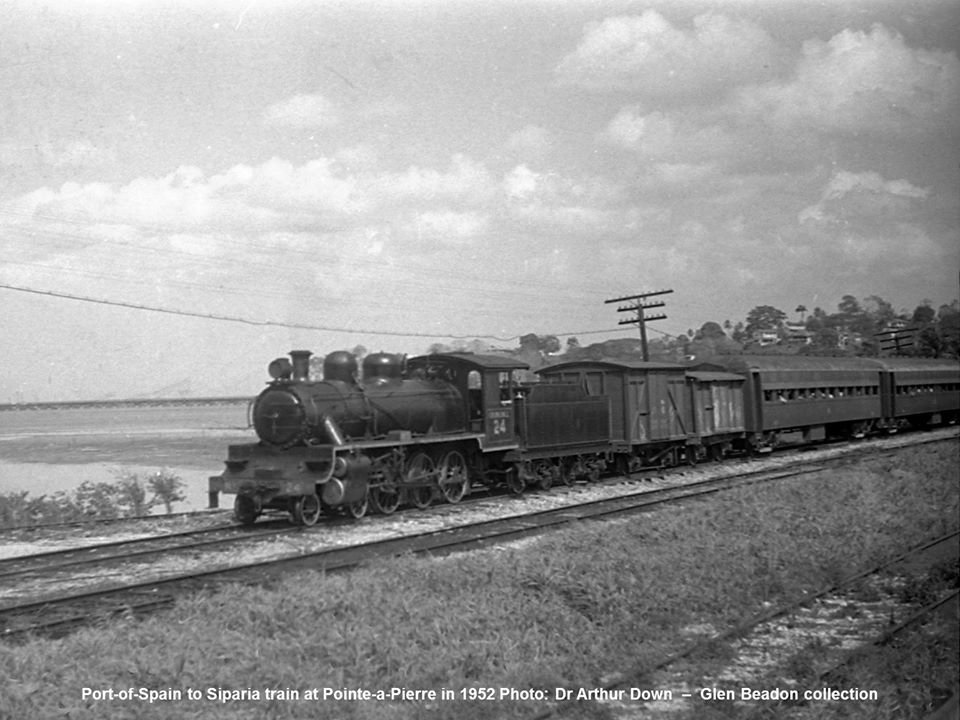 67 YEARS AGO, TODAY The closure of railways across Trinidad was a long drawn out process which was first discussed in 1920 when the TGR, that had opened in 1876, suffered its first year of financial losses after 45 years of profitable operation. Financial instability was largely due to the introduction of privately operated omnibuses for public transportation between 1908 and 1920. After WW1, there were also many private road haulage companies using surplus war equipment which greatly impacted freight traffic. Due to diminishing profitability on the railways, four separate economic enquiries were carried out by the Government in 1926, 1936, 1956 and 1963. The only improvement in the situation occurred when the railways proved “indispensable” during both world wars. It has often been said that railways in Trinidad were retained after 1936 due to the critical role it played during the second world war when it was saved by the Americans who used it to build and supply their base at Waller field. Despite efforts to arrest the decline by successive administrations, by 1950 the railway was in serious trouble once again. But the roads still had some way to go before they could completely substitute the railways especially when it came to the transportation of bulk commodities like sugar and very heavy oilfield apparatus for drilling and refinery. Nevertheless, the writing was on the wall and it seemed the “indispensability” of the Trinidad Government Railway was beginning to fade with each passing year. The critical role played by the railway during both World Wars was being quickly forgotten in the face of post war economic realities. In the face of mounting criticism, the Government acted. On the 12 March 1953 came first closure announcements across the TGR. The Arima to Sangre Grande, San Fernando to Princes Town and San Fernando to Siparia lines were all to lose their passenger services. Substitution bus services were widely publicised in the lead up to closures. Closures came as had been announced on 1 April 1953 and on this date the Arima to Sangre Grande line was completely closed to both passenger and good (some Orange Grove bound cane traffic continued for a few more years). The Guardian reported on the last departure from Sangre Grande, which left the station at 9:15 pm on the evening of April 1st. “The last train gave three mournful blasts each lasting three to four minutes as a farewell”. Also, on the same day, 1 April, the San Fernando to Princes Town (Guaracara line) and the San Fernando to Siparia line both closed to passenger traffic. The Guaracara line lost its goods service on 8 June. These lines were closed despite much protest. In a twist of fate, the Siparia line was to hold on to its goods services, presumably in order to service the now booming oil industry and the sugar cane scales between Usine Ste. Madeleine and Penal. In the 1950s the road system in Trinidad was not yet suitable for the transportation of heavy refinery equipment and drilling oilfield apparatus and reliance for this was placed on rail as was the transportation of bulk cane to Factory. During the course of its life the Siparia line brought many people to the district from all points of the railway network particularly during the yearly festival of La Divina Pastora when many extra trains, known as “Specials”, were put on in order to accommodate the high volume of traffic. This practice continued for several years following the withdrawal of passenger trains to Siparia in 1953 and there was a brief resumption of a passenger service 1964 when the authorities in Siparia petitioned the need to provide transportation for school children to and from San Fernando, this service only lasted a very short time. The reality was that people in the 1960s stopped using the railway. The route taxi became very fashionable and people saw it as a status symbol. Many will argue with me over this; however, one only must ask the old TGR workers and the argument becomes clear. People were not using the service. Trains ran empty except for periods of “rush hour” or perhaps during Carnival time. Within the final years, no service was more abused physically and verbally, than the railway. “Deficit-ridden,” “not economically viable”, “a drain on the economy.” “barren, bankrupt and archaic,” were some of the terms used by the public and press to describe the service. Physical abuse was perpetrated by vandals, and by the thousands who travelled daily without paying fares because of the dated ticket examination system in operation. This contributed greatly to its demise. Despite closures and measures designed to arrest the demise, losses over the final years continued; in 1964 the service lost $3.6m; in 1965 3.2m; in 1966 2.7m; in 1967 1.6m; and in 1968 (final year) $1.2m. A Cabinet-appointed committee which examined the railway, with special reference to closure, dismissed the possibility of the service ever becoming viable. In 1968 officials of the Public Transport Service Corporation, which operated the railway, reported on the unsafe condition of the rail tracks as the key reason why the service could not be retained. The cost of rehabilitating the service and making it safe was put at $590,000, money which "could be better utilised in providing a more efficient bus service". Personally, I believe that had the railway managed five more years of operation after 1968 there may have been a return to the rails by the public as our road traffic situation in and out of Port of Spain began to deteriorate. I'm sure the debate will continue for many more years to come. Source: Glen Beadon 1 April 2020 VM of T&T |
T&T news blogThe intent of this blog is to bring some news from home and other fun items. If you enjoy what you read, please leave us a comment.. Archives
July 2025
Categories
All
|
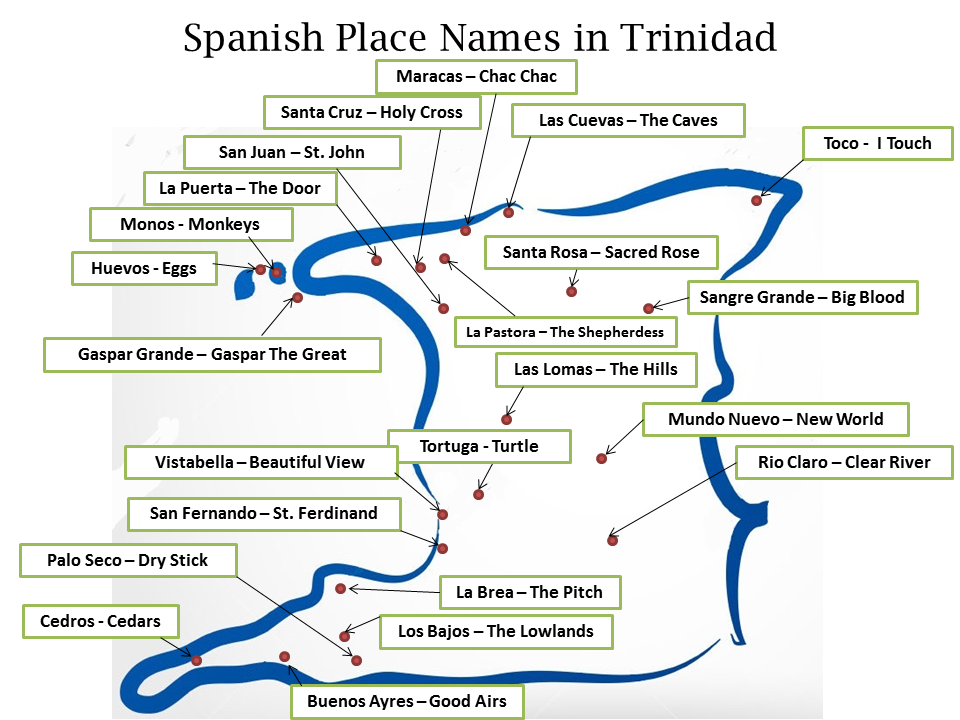


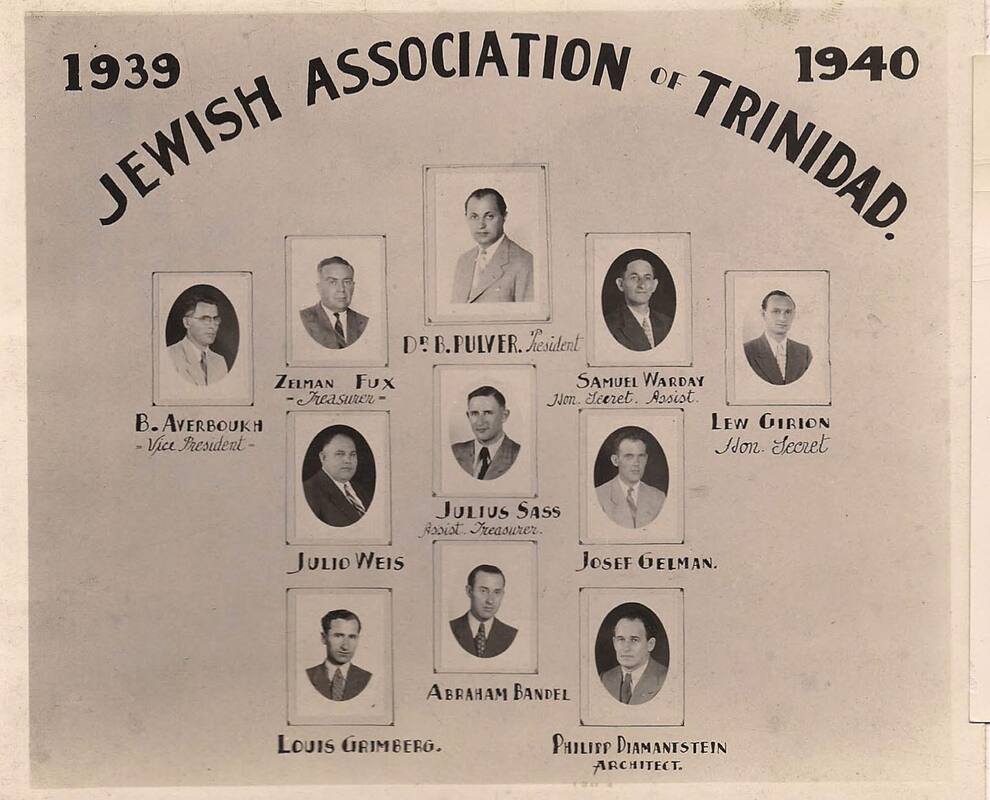





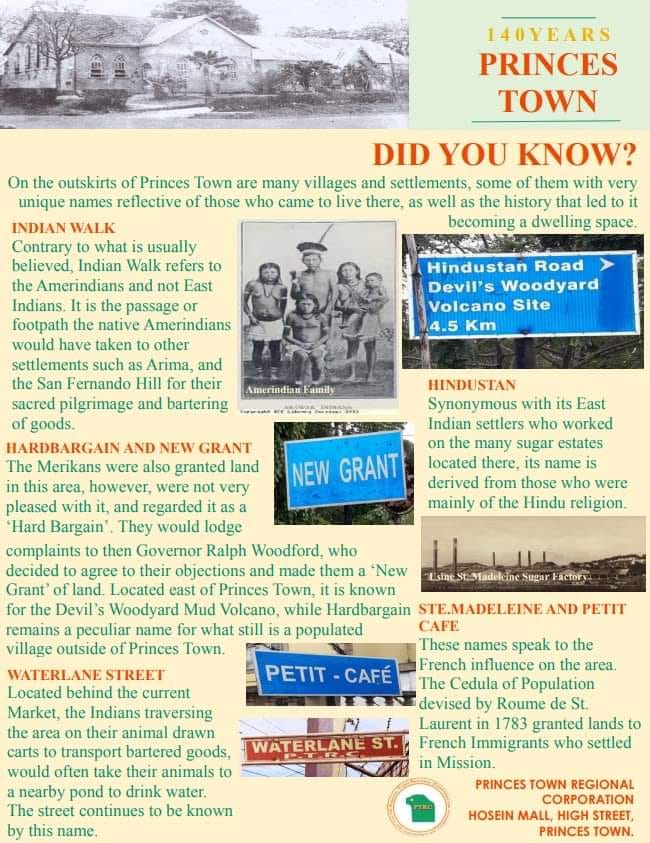
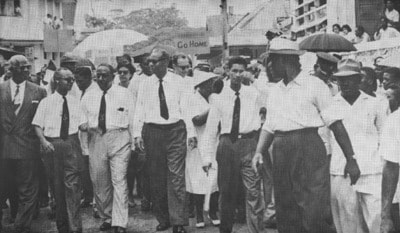

 RSS Feed
RSS Feed